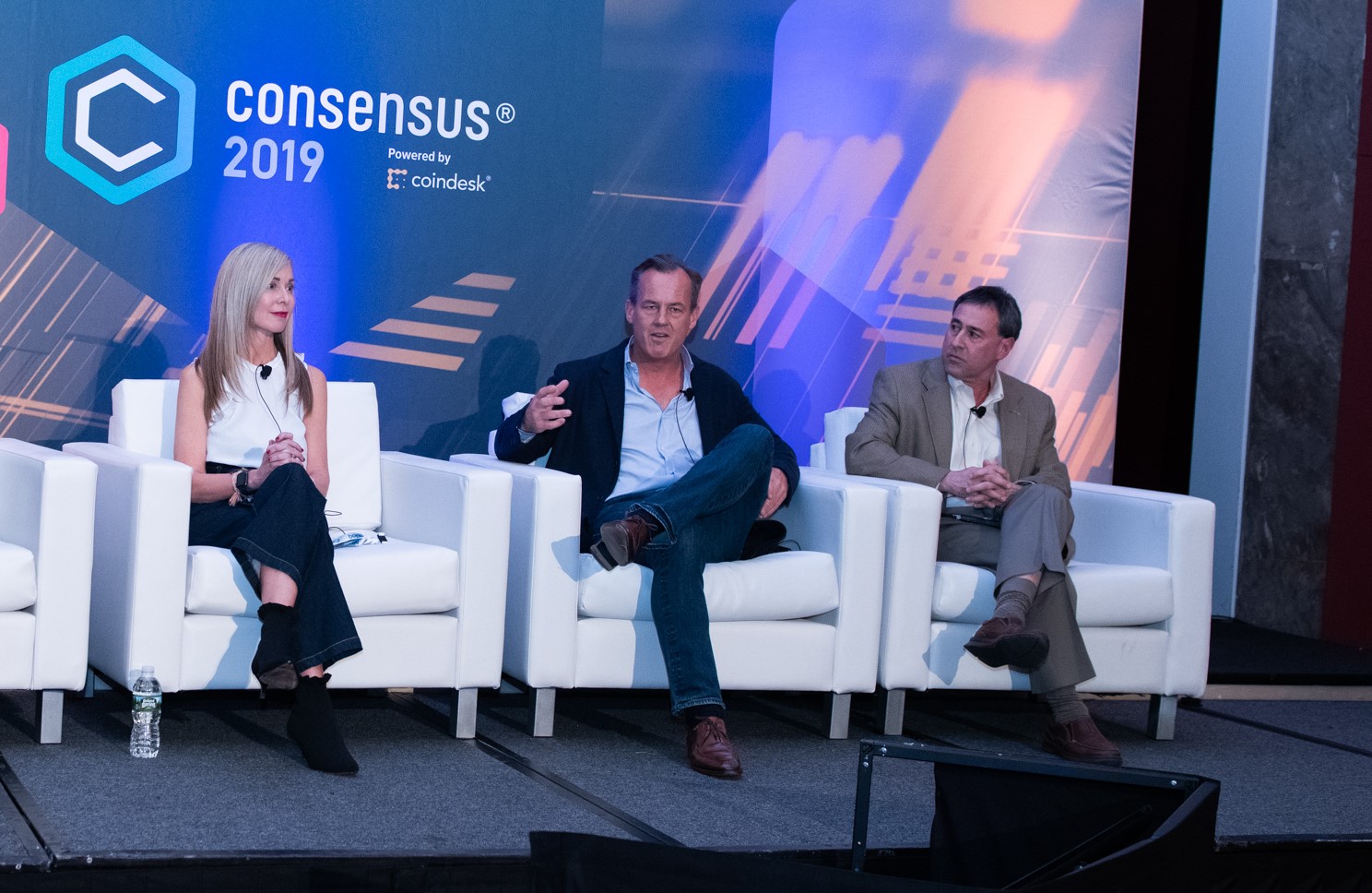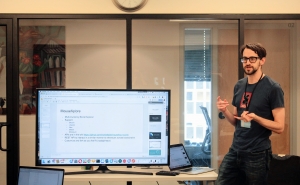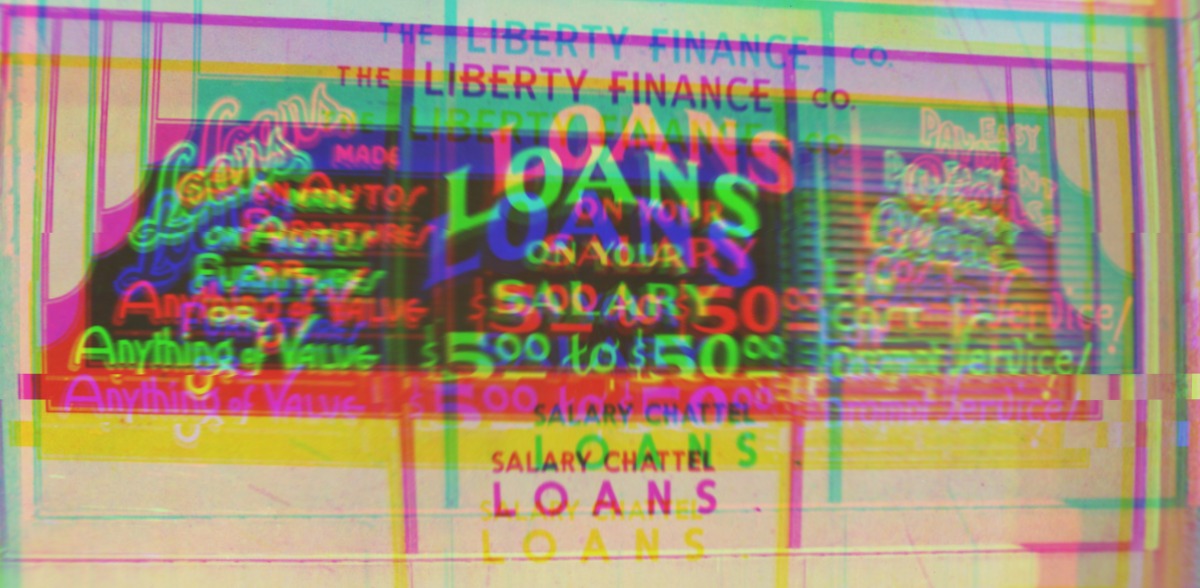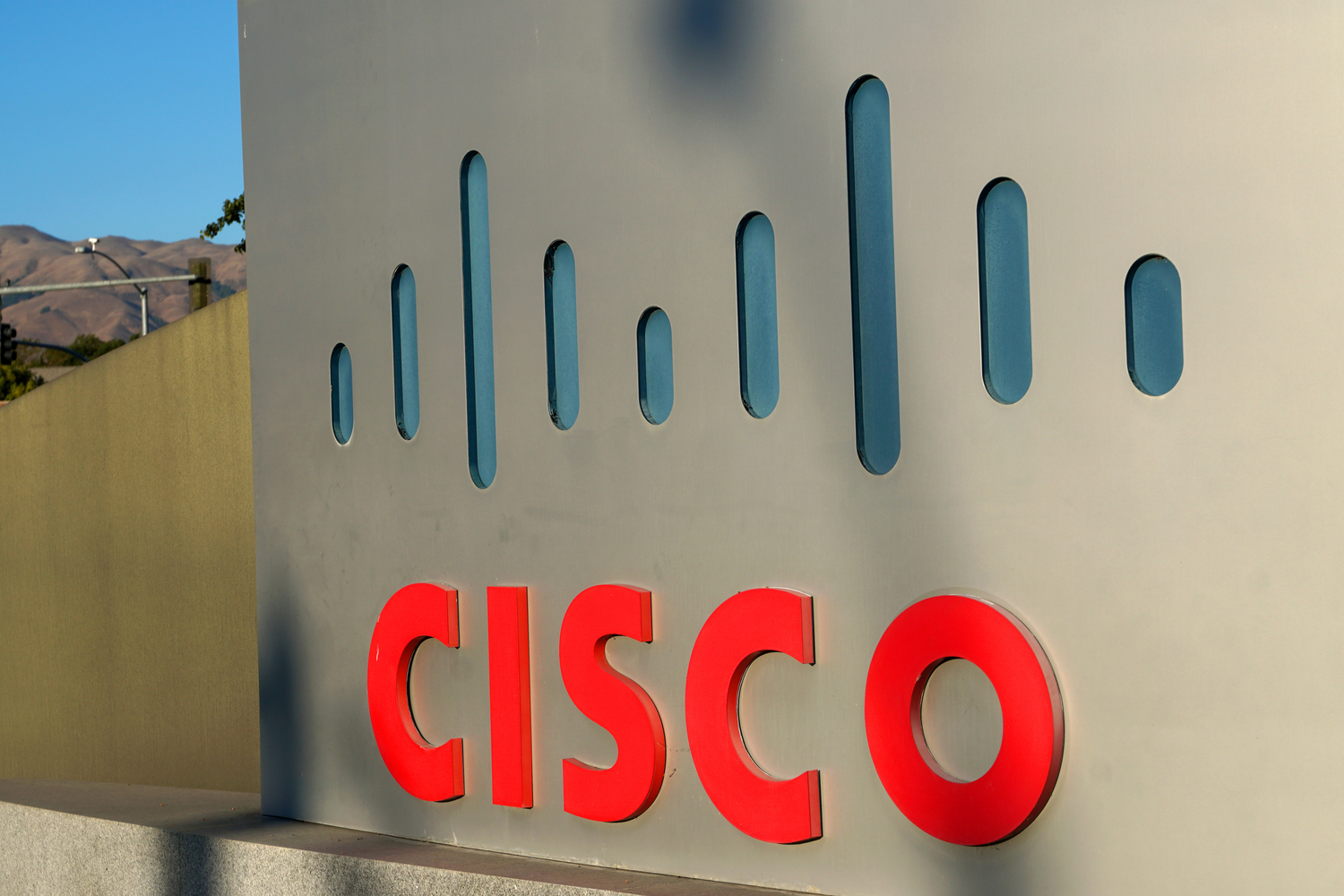The Future of Web3 Animation
When Colin Brady saw a Buzz Lightyear figure in a small toy shop in South China, he immediately knew he wanted the same for his creative visions – global dominance. Since then the veteran animator has taken his experience and expertise to AMGI Studios, where he is developing the world’s first Web3 animation studio and reshaping the way we view fictional content. As AMGI’s chief creative officer, his goal is simple – bring the highest quality animations to the globe.
Colin Brady is a speaker at this year’s CoinDesk Consensus festival.
And this is not the first time that Brady is working on projects that have created a dent in the global markets. In fact, his portfolio includes high-grossing movies, such as “Spiderman”, “Green Lantern”, “The Hunger Games” and “Toy Story 2”. He has also worked with many of his (and your) childhood director idols including Steven Spielberg, George Lucas and Ang Lee.
Now, Brady is completely focused on AMGI Studios, where he built the famous Web3 game, My Pet Hooligan. For him Web3 offers the liberty to shape his projects unlike ever before.
“In Web3, we have the freedom to choose what kind of story we are telling and what kind of animations we could create. And the animation that we create doesn’t just get viewed. It gets viewed millions and millions of times if it’s a successful game.”
Brady’s success can be tied to his never-stop-growing attitude. In fact, he is a technology nerd who believes that adapting to new innovations such as artificial intelligence (AI) is one of the best ways to save days of work and move towards more productivity.
“My friends often say that AI is going to take our jobs aways. But at AMGI we are embracing it. We are already using it to code in the Unreal Engine. It’s saving us days of work.”
As AMGI continues to announce exciting projects, including a live animation non-fungible token (NFT) line, we sat down with Colin Brady to uncover how to survive (and thrive) in the ever-changing world of technology.
This interview has been condensed and edited for clarity.
You’ve had such a successful career in the mainstream entertainment industry. Why did you decide to move to Web3?
That’s an excellent question. I mean, what’s interesting is that there’s so much freedom in Web3. This is the first project I’ve ever been on in my entire career where we don’t have to answer to anybody. And we’ve attracted some really great talent from Pixar and DreamWorks animators. I think they would say the same thing that, sure, as an animator you can aspire to work on a top Disney film, but perhaps if you’re lucky you’ll animate two or three shots in that film and then it’s gone.
In Web3 we have the freedom to choose what kind of story we are telling and what kind of animations we could create. And the animation that we create doesn’t just get viewed, it gets viewed millions and millions of times if it’s a successful game.
So I think the freedom in storytelling, character design, animation, it almost feels like the quality has finally caught up to feature films using the Unreal Engine and using a lot of this technology that I kind of see them as the same thing. Ultimately we are telling a story. And we’re creating a global brand.
I was looking at your AMGI presentation on Cartoon Brew, and you mention studios are resistant to use new technologies. Why do you think that is happening?
When any studio gets too large, there’s always going to be a risk of resistance. For example, if there was a construction company with hundreds of employees building a bridge and someone said, “I can do this same job with only 10 employees,” there would be natural resistance from those hundreds of employees.
So I think some of that is just simply with the resistance of large studios. But because AMGI Studios is so small, we could change and adapt very quickly. In fact, when we founded the studio almost four years ago we decided to use the Unreal Engine as the main render engine. And when we would give presentations to some large studios, they would say, “This is so cool! Why aren’t we doing this?” And often I would say, “I think it’s because you’re too big.” And it really is true.
Interesting. If that’s the case, how will you handle this problem once AMGI Studios becomes big?
I mean, that’s such a great question. I think you have to have small team pods that are always encouraged to innovate and to not be caught up into a larger structure. Even now in our studio with 60 people there’s a handful of employees that we simply say follow the new stuff. Like if Epic Software released a new tool yesterday, we need to be experts on it today.
We always need a kind of an innovation arm and a technology arm that’s just free to innovate. And one secret we have is that we macromanage, not micromanage. Meaning, we hire good people and we let them kind of do their own thing. I know it sounds very strange to say that. But they need to go down their own rabbit hole of interest in technology as far as they can.
I always tell people every person has a superpower and the only crime in our studio is to either be lazy or a jerk. Everything else in between is fair game.
Fair enough. You know, I recently saw a guy recreated Pong entirely using ChatGPT-4. How long before AI takes over coding? And have you ever used AI to code?
We’re doing it right now. I mean, I love AI. You know, I have friends that are, like, “Oh, did you see this thing is going to be taking jobs. Are you worried about this?” We are completely embracing it. I’m a huge fan of technology. One of our top coders Kevin Mac, he’s our [chief technology officer], uses AI (Chat GPT) probably almost every day to code in the Unreal Engine. It’s often saving us days of work. So we are big fans of AI.
Who was the Metazucbot in your journey? Although I am not sure about this reference, haha.
I think the whole Metazucbot could be a metaphor for anything that’s trying to control us and manipulate us. Even with our social media algorithm, where we get bombarded with ads for products we briefly searched, I think we want to fight back and take the creator role each person is meant to have.
In the same way, when people say AI is terrible, our attitude is different. We are, like, let’s make our own AI to fight back against anyone that’s trying to control us. So let’s say when you fight fire with fire, I think you could fight AI with AI. It’s similar to our game where you are being chased by zucbots (evil characters) that you can later capture and make your companions.
On that note, could you tell me more about the My Pet hooligans NFT line that can be animated live on your iPhone?
We like to think that this is the time to have the celebrity NFT [where] everyone’s online personality can be animated and actually be trained to be your own personal assistant. And what’s fun about My Pet Hooligan line is that they are all these kinds of cute bunnies that are also a little bit naughty, right? They have paintball guns and bloody noses. They’re all battling. It’s this mix of Zootopia meets Grand Theft Auto.
Once we created the My Pet Hooligan line, all of our characters shared the exact same DNA, meaning they all share the same internal structure. That’s when we thought that we should be able to have people connect their MetaMask wallet to our app and animate their own hooligan with their face. Only they will be able to animate that specific hooligan because it’s gated with their MetaMask wallet. We understand that this is the era of Twitch streaming. This is the era of YouTubers. And my children would rather watch other people play video games on YouTube. And so we thought, well, actually what we’ve just created is the world’s highest-quality Twitch streamer.
And it’s not just it’s not a person or it’s not a realistic looking robotic version of the person. It’s a cartoon character. It seems certainly when people use the app they are more free to express themselves as a cartoon character than as their actual self. It seems like everybody deep down wants to be a larger than life version of themselves.
What are some of the upcoming AMGI projects we should be excited about?
What’s taken on a lot of new momentum is a My Pet Hooligan feature. And Kevin Johnson, who is one of our artists at AMGI and our head of development, he has written a script and we have a lot of great lore ties that expands the game. Not only does it involve the hooligans that are in the game but players, people in the community that have actually contributed ideas and graffiti. We are actually writing their own characters into the script.
Our goal is to absolutely make feature films. It also assures that we attract the highest-quality animators in the industry. But as you know, the money that feature films can make is dwarfed by video games. So if the video game was successful, I see a future where it’s not impossible.
Sounds exciting! I’ll see you at Consensus, Colin.









